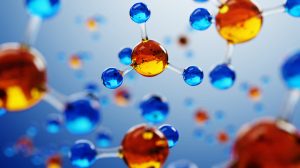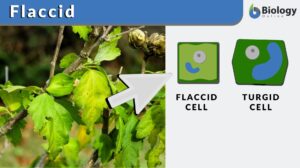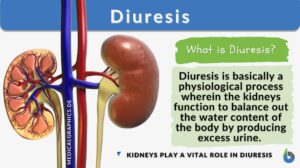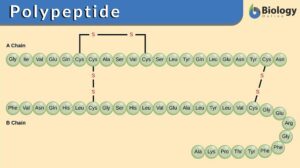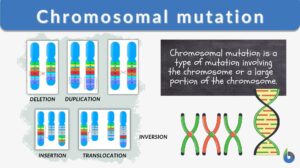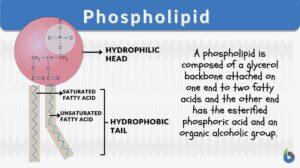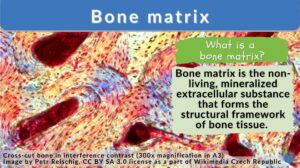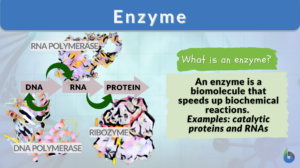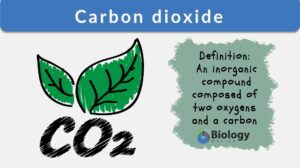Search Results for: weak
Chemical Composition of the Body
In order to fully understand the mechanisms of human physiology, it is important to have an understanding of the chemical... Read More
Hydrogen bond
Definition noun plural: hydrogen bonds A type of chemical bond that is formed when the slightly positive hydrogen atom of... Read More
Polypeptide
Polypeptide Definition Biology What are polypeptides? A polypeptide is defined as a polymer of amino acids joined together... Read More
Crown of head
Crown of Head Definition The crown of the head is the upper dorsal part (or area) of the head. Several creatures have... Read More
Chromosomal mutation
Every living thing is made up of DNA. Our DNA is what makes us unique and different in the world. Our DNA is made up of... Read More
An introduction to Homeostasis
Researched and Written by Jonjo Minns Submitted to biologyonline.com on February 25, 2009. Published in biologyonline.com... Read More
Vibrio cholerae
Definition Noun A gram-negative single polar flagellum bacterium associated with cholera infection in... Read More
Survival of the fittest
When we talk about evolutionary processes, the usage of the phrase "Survival of the fittest" has been very common in... Read More
Extrinsic protein
Definition noun, plural: extrinsic proteins A membrane protein that partially span the membrane, and is attached either to... Read More
Phospholipid
What is a phospholipid? Phospholipids are a subgroup of lipids. Other major types of lipids are fatty acids, sphingolipids,... Read More
Lights’ Effect on Growth
Plants are the primary producers of energy in any ecosystem, meaning that they bring in new energy to it which supports... Read More
Androsterone
Definition noun, plural: androsterones A steroid hormone, with a chemical formula of C19H30O2, has masculinizing effects,... Read More
Abdominal reflex
Definition noun, plural: abdominal reflexes Abdominal wall muscle contraction of the umbilicus toward the abdominal quadrant... Read More
Denaturation
Denaturation Definition In biochemistry, denaturation is defined as a process in which a molecular structure deviates from... Read More
Pulsus parvus et tardus
pulsus tardus et parvus, more commonly known as slow-rising pulse, is a sign where, on palpation of the pulse, the pulse is... Read More
Metaprotein
metaprotein Nondescript term for a derived protein obtained by the action of acids or alkalis, soluble in weak acids or... Read More
Bone matrix
Bone Matrix Definition Bone matrix refers to the matrix component of bone tissue. It provides the structural framework and... Read More
Prodromal period
There are five stages (or phases) of a disease. (Hattis, 2020). These stages are (1) Incubation period, (2) Prodromal... Read More
Hypomorphic mutation
Definition noun (genetics) A type of mutation wherein the change in gene leads to the partial loss of the normal... Read More
Intermolecular force
Definition noun The force that acts between stable molecules or between functional groups of macromolecules. Supplement An... Read More
The role of extinction in evolution
Colloquium Paper Ths paper was presented at a colloquium entled "Tempo and Mode in Evolution" organized by Walter... Read More
Wagners syndrome
Definition noun (1) A degenerative condition of the vitreous and retinal parts of the eye, and may eventually lead to... Read More
Carbon dioxide
Carbon Dioxide Definition noun, car·bon di·ox·ide, /daɪˈɒksaɪd/ (biochemistry) An inorganic compound, with the... Read More
Alloparenting-What Is It?
“Alloparenting—What Is It?” Sonja G. Rosas 13 September 2007 An Introduction To Alloparenting Every gregarious... Read More
